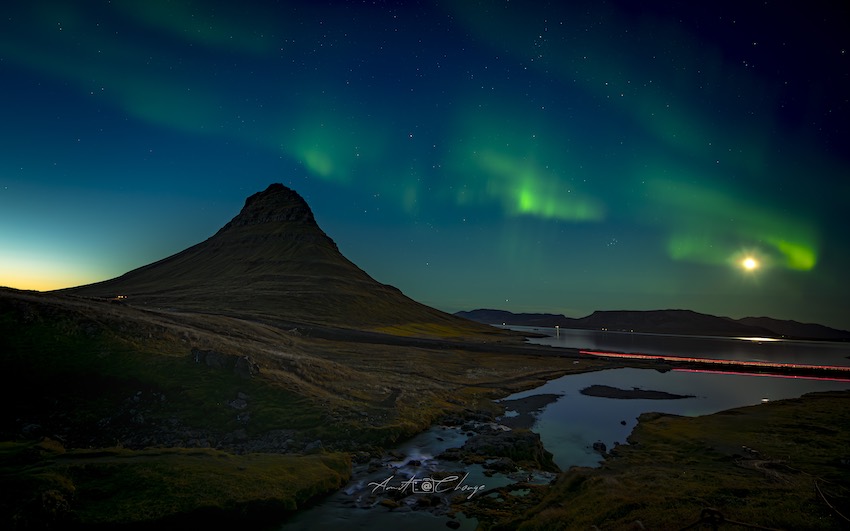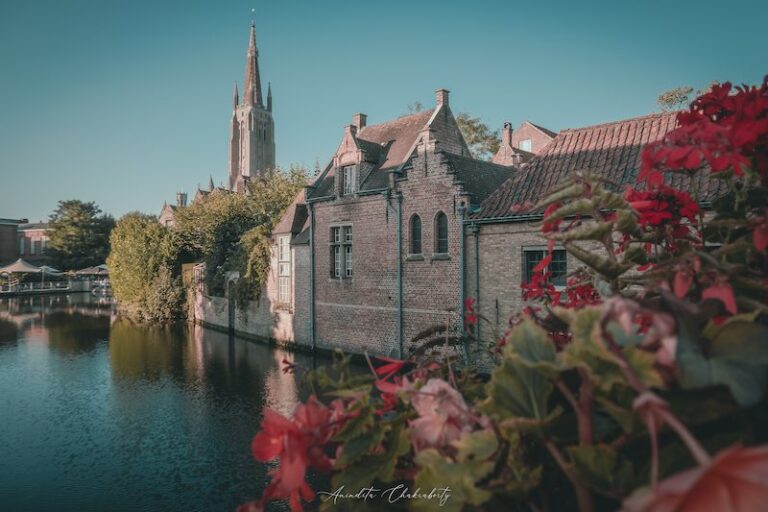
Are you dreaming of witnessing the breathtaking Northern Lights in Iceland? Planning a trip to experience the Aurora Borealis can be daunting, but we’re here to help! After visiting Iceland twice and experiencing the Northern Lights on multiple occasions, we’re excited to share our tips and insights with you.
Best time to See Northern Lights in Iceland?

ITo maximize your chances of seeing the Northern Lights, consider visiting Iceland between September and April. Here’s why:
- Daylight Hours: Keep in mind that winter days can be short (only 4 to 5 hours of daylight), which may restrict your sightseeing options.
- Optimal Months: Mid to late September and end of March to early April offer ideal conditions. During these times, you can avoid extreme cold and large crowds.
Best Place to See Northern Lights in Iceland

If you want to see the aurora then you have to be sure you are in a dark location with no light pollution (refer Dark Site Finder). It is worth booking your stay a little bit away from the city. The sky has to be clear without any clouds, if the sky is covered with clouds you will see nothing. It is also great if you can plan your trip in new moon. The reason being full moon will be bright and faint aurora activity will not be visible in that. But, don’t worry each time we saw the aurora in our trip was during full moon. Here are few places where you can see the Northern Lights:
- Vestrahorn
- Kirkjufell
- Budirkirkja
- Diamond Beach
- Glacier Lagoon
- Skogafoss
How to predict northern lights activity?

There are multiple apps you can download to see if there is any prediction of Aurora activity or not during your trip. The best place to check is Iceland Met Office Website, they are very accurate not only with hourly prediction for 3/4 days, but also cloud coverage predictions. Our recent find is AuroraForecast application, that gives you weekly forecast up ahead.
Keep an Eye on Unexpected Displays
Don’t be discouraged if forecast predictions are low! We witnessed the brightest Northern Lights even when no activity was expected.
Should You Rent a Car in Iceland?
If chasing the Northern Lights is on your agenda, renting a car is highly recommended. Here’s why:
- Flexibility: A car allows you to reach remote locations and escape cloudy areas on clear nights.
- Convenience: You’ll have the freedom to explore at your own pace and drive to optimal viewing spots.
Alternative:
If you choose not to rent, consider joining an Aurora viewing tour. Many tours depart from Reykjavik.
You can find out more on driving in Iceland here.
Can you see the Northern lights from Reykjavik?

es, it’s possible to catch a glimpse of the Northern Lights from Reykjavik if conditions are favorable. For the best chances:
- Walk to less illuminated areas within the city for a better view.
- Travel 30 minutes outside the city to escape light pollution.
Popular Northern Lights Viewing Tours
Iceland offers a variety of Aurora viewing tours starting from Reykjavik, many of which have positive reviews. Research and book ahead to ensure a spot on a reputable tour. You can find more such tours here.
How to photograph the Northern Lights?


Capturing the Aurora Borealis on camera can be a rewarding experience. Here’s how:
Using a Smartphone
- iPhones: Many recent models can effectively capture the Northern Lights. Use video mode to confirm visibility.
Using a DSLR or Mirrorless Camera
- Equipment: Bring a sturdy tripod.
- Settings:
- Set ISO between 1000 and 3200.
- Use a wide aperture (f/2.8 to f/3.5).
- Set shutter speed to 4 to 6 seconds.
- Focus: Set your focus to infinity.
What to wear while Northern Light hunting?

Given that Aurora viewing often occurs in cold winter conditions, dressing appropriately is crucial. Here’s what to wear:
- Layered Clothing:
- Puffer jacket
- Windproof shell
- Thermal inner layers
- Accessories:
- Gloves
- Beanie
- Warm, insulated shoes
Is Iceland the best place to see Aurora?
While Iceland offers stunning landscapes, our primary goal was always to enjoy its natural beauty beyond the Northern Lights. Activities such as exploring waterfalls, geysers, and lava fields were our focus.
If seeing the Aurora Borealis is your top priority, you might also consider Norway, Finland, or Swedish Lapland for potentially better viewing conditions.
Final Thoughts
Iceland is a magical place for experiencing the Northern Lights, but it’s essential to have realistic expectations. Embrace the adventure, explore the natural beauty, and consider any Aurora sighting as a delightful bonus
Hope this post helps you to plan your trip. If you have any further question please raise in the comments.
Pin It for Later












